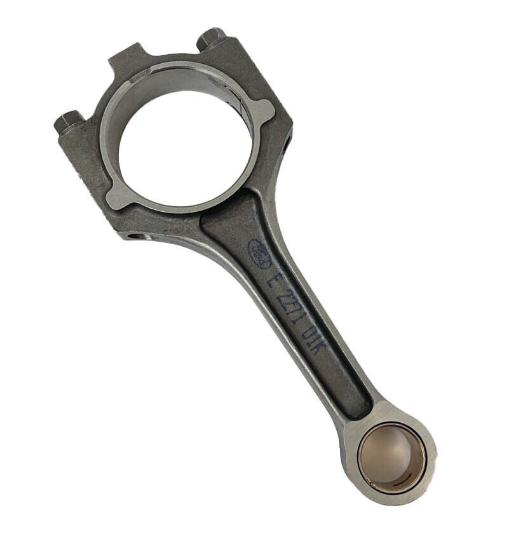It’s critical to know how to check if a connecting rod is bent as part of regular engine maintenance and troubleshooting. This article delves into the necessary steps and considerations when checking for a bent connecting rod.
Significance of a Straight Connecting Rod
The role of a connecting rod in the engine is indispensable. It connects the piston to the crankshaft, transforming the piston’s linear motion into rotational motion for the crankshaft. A bent connecting rod could lead to inefficiencies and damage within the engine due to imbalances in these movements. Hence, it is vital to ascertain the straightness of connecting rods to ensure optimal engine performance.
Essential Tools to Determine if a Connecting Rod is Bent
The process of checking for a bent connecting rod necessitates a flat surface plate for a reference point and a dial bore gauge for accurate measurement of straightness. Additionally, cleaning tools to prep the connecting rod for assessment are also necessary.

Steps to Check if a Connecting Rod is Bent
- Clean the Connecting Rod: The first step is to thoroughly clean the connecting rod, eliminating any residues or particles that could potentially influence the accuracy of measurements.
- Set up the Dial Bore Gauge: As per the manufacturer’s instructions, set up the dial bore gauge.
- Place the Rod on a Flat Surface Plate: Position the connecting rod on the flat surface plate.
- Take the Measurements: Insert the dial bore gauge into the connecting rod’s big end bore. Slowly rotate the rod and note any movement on the dial, which may signify a bend in the rod.
- Evaluate the Results: Compare your measurements with the manufacturer’s specifications to deduce if the connecting rod is bent or within acceptable tolerances.
What to Do if Your Connecting Rod is Bent
If the connecting rod is found to be bent, professional service or replacement is the recommended course of action. Attempting to straighten it independently could cause further damage or lead to the weakening of the rod, which could result in engine failure.
Knowing how to check if a connecting rod is bent can go a long way in sustaining the health of your engine. This diagnostic process aids in preventing engine damage, extending its lifespan, and ensuring efficient operation.